Cluster detection, analysis and visualization
An Introduction
Author: Aaron Brooks / @scalefreegan
You can follow along on ![]()
http://scalefreegan.github.io/Teaching/DataIntegration
Course Overview
- Introduction
- Cluster Detection
- Cluster Evaluation
- Cluster Visualization and Interpretation
50/50 Lectures and Practicals
Goals: Introduction
- What is clustering? Why cluster? Role in data integration
- Motivating biological and non-biological examples
- Approaches to clustering
- Overview of lab data set and practicals
Clustering in a nutshell
Some way to group elements that are more similar to each other than they are to everything else
What does it mean to be more similar?
Data Clusters
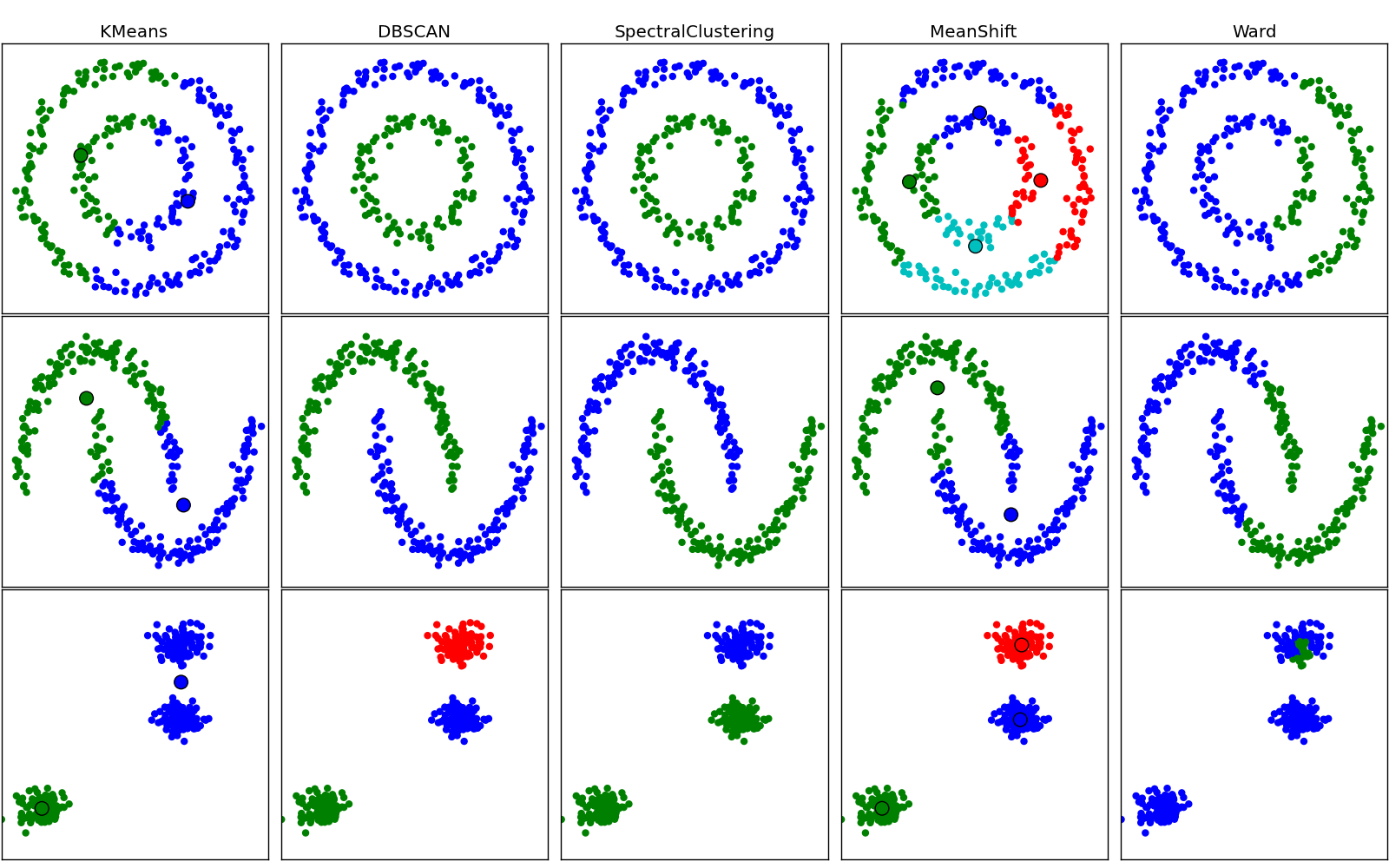
Network Clusters
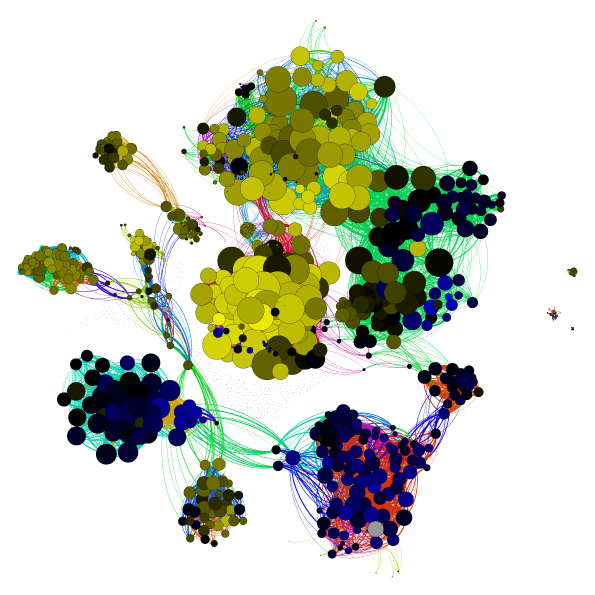
Many approaches to clustering
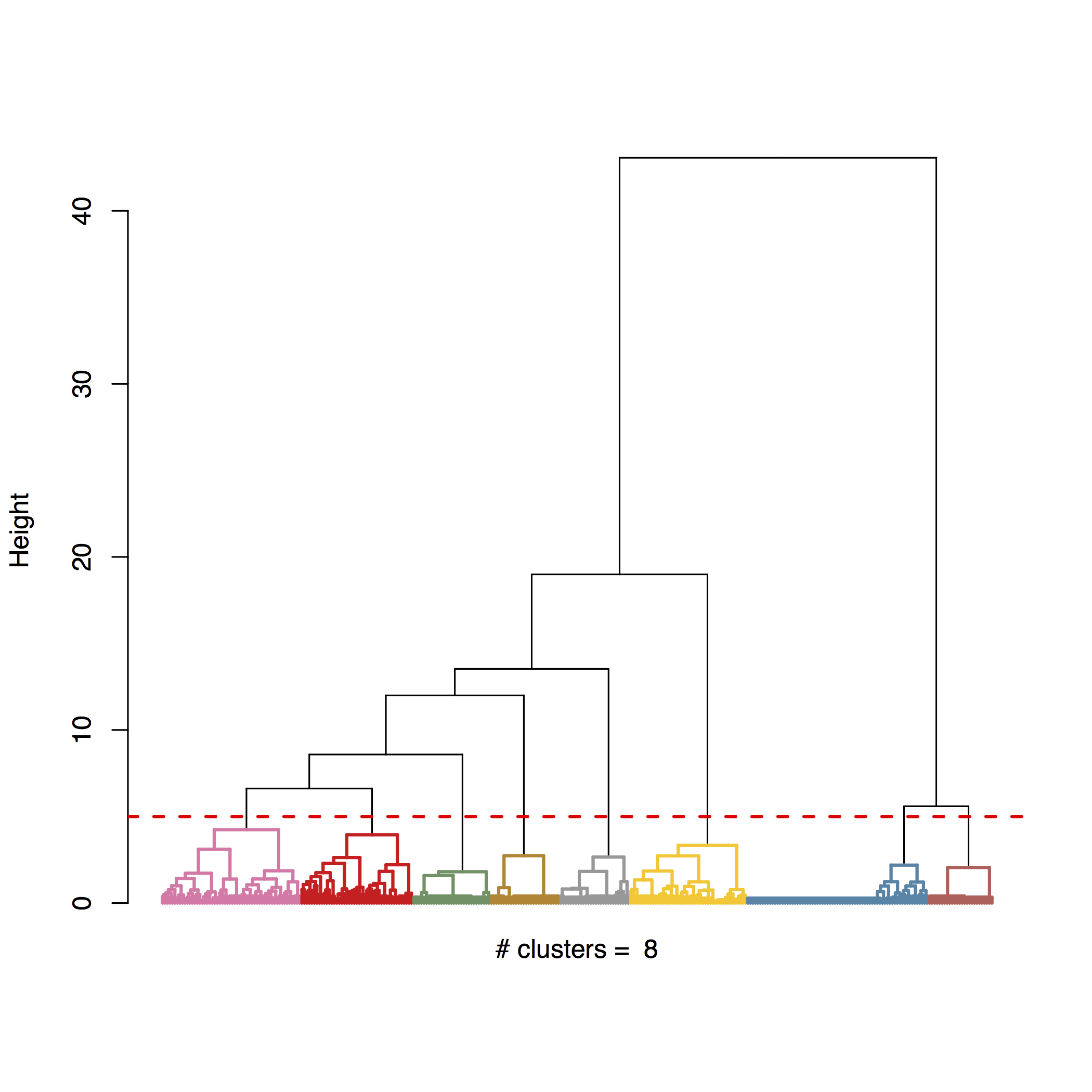
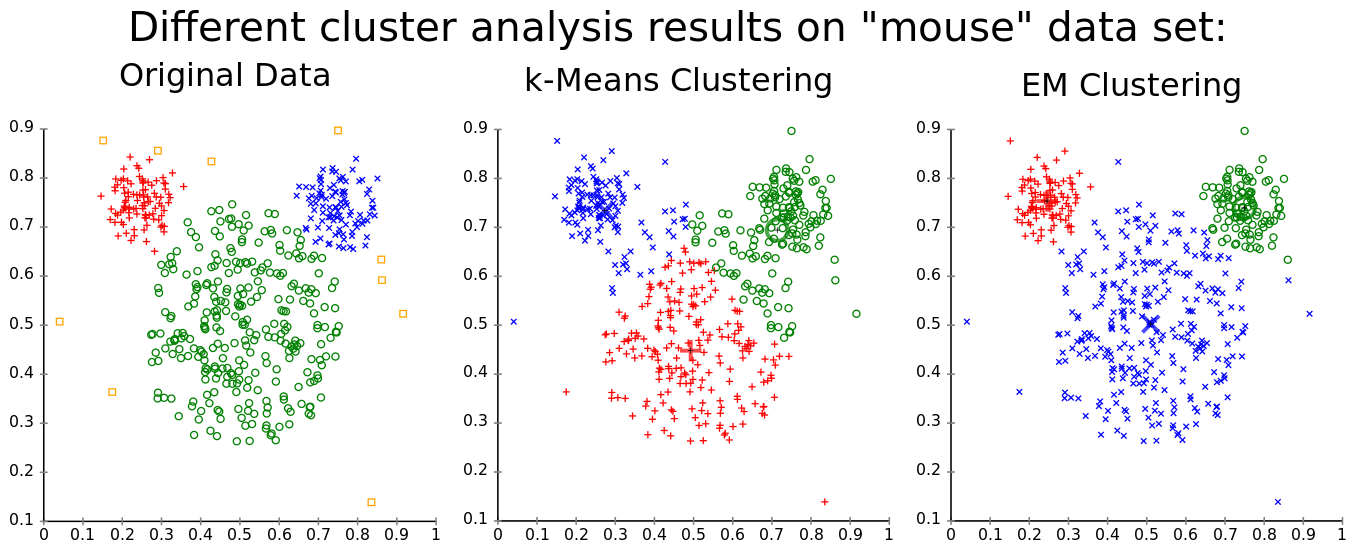
Many others
Different approaches. Different metrics.
Distinguishing features of clustering methods
Hard vs Soft clustering
Hard Clustering
Elements belong uniquely to one cluster
Soft (Fuzzy) Clustering
Elements belong to more than one cluster
1-dimensional data

Hard Membership: Step-function

Fuzzy Membership: Smooth-function

Fuzzy C-means (FCM)

Gaussian Mixture Model with EM
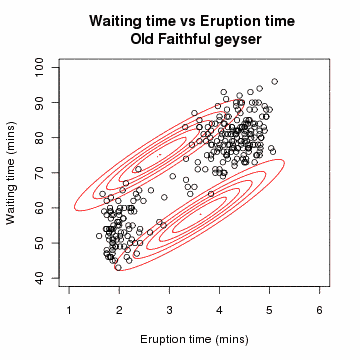
Clustering Nodes vs Edges
Nodes: Spectral clustering
Edges: Link-community clustering
Why cluster a network?
Define topologically interesting substructure
Examples
Karate Club
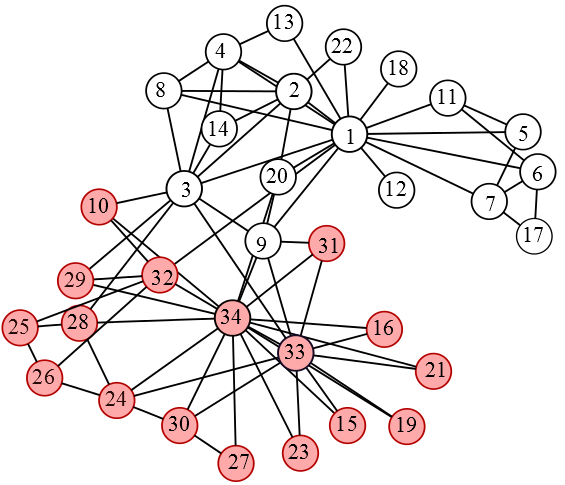
Yeast protein-protein interaction network
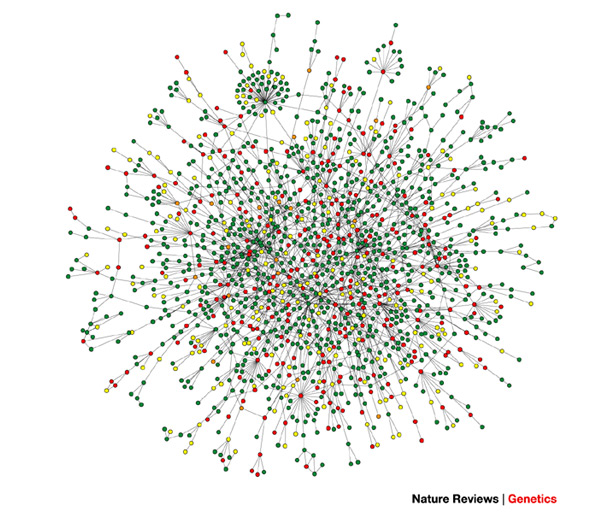
Network biology: understanding the cell's functional organization
Human disease network
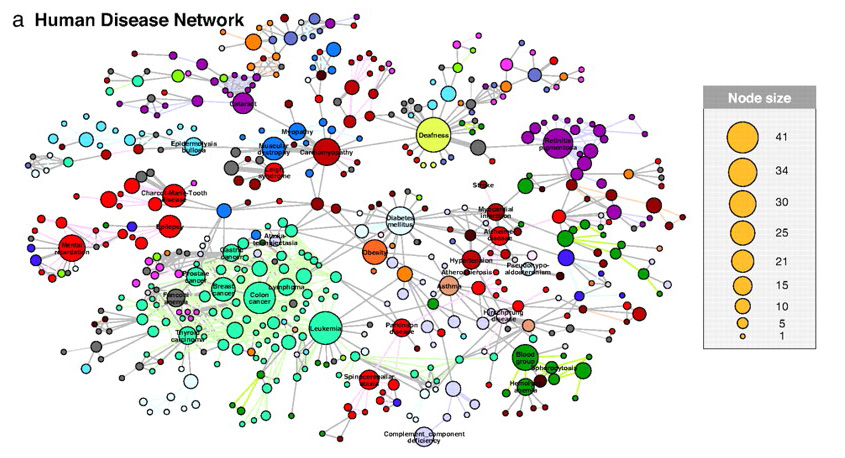
Why cluster a network?
Clustering is a way to decipher network structure
Hairball ⇨ Comprehension
Clustering for Data Integration
Kernels derived from 5 sources of information

Similarities between 4567 human genes
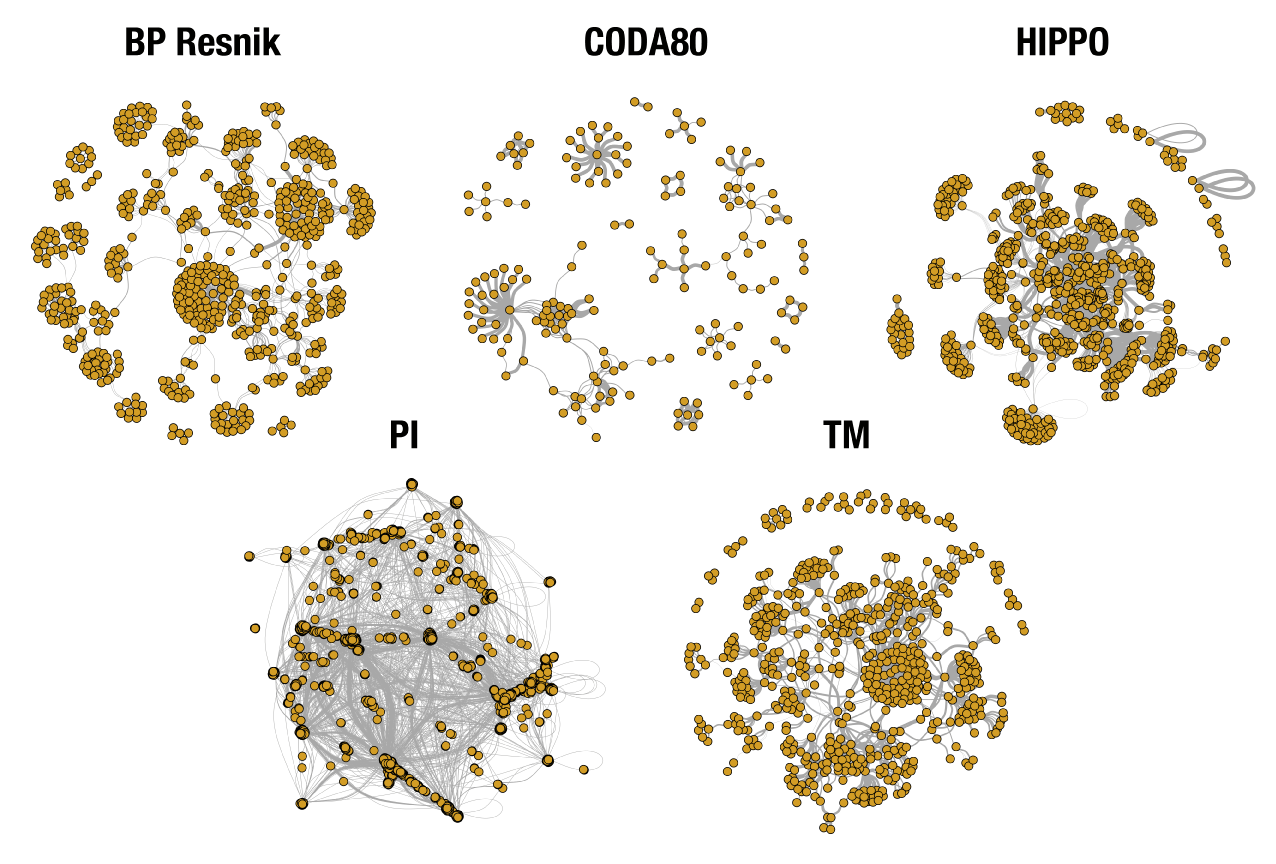
Selected from their relationship to 120 genes involved in mitosis, DNA mismatch repair, and BMP signaling
Course goals
- Combine graph kernels
- Cluster integrated network